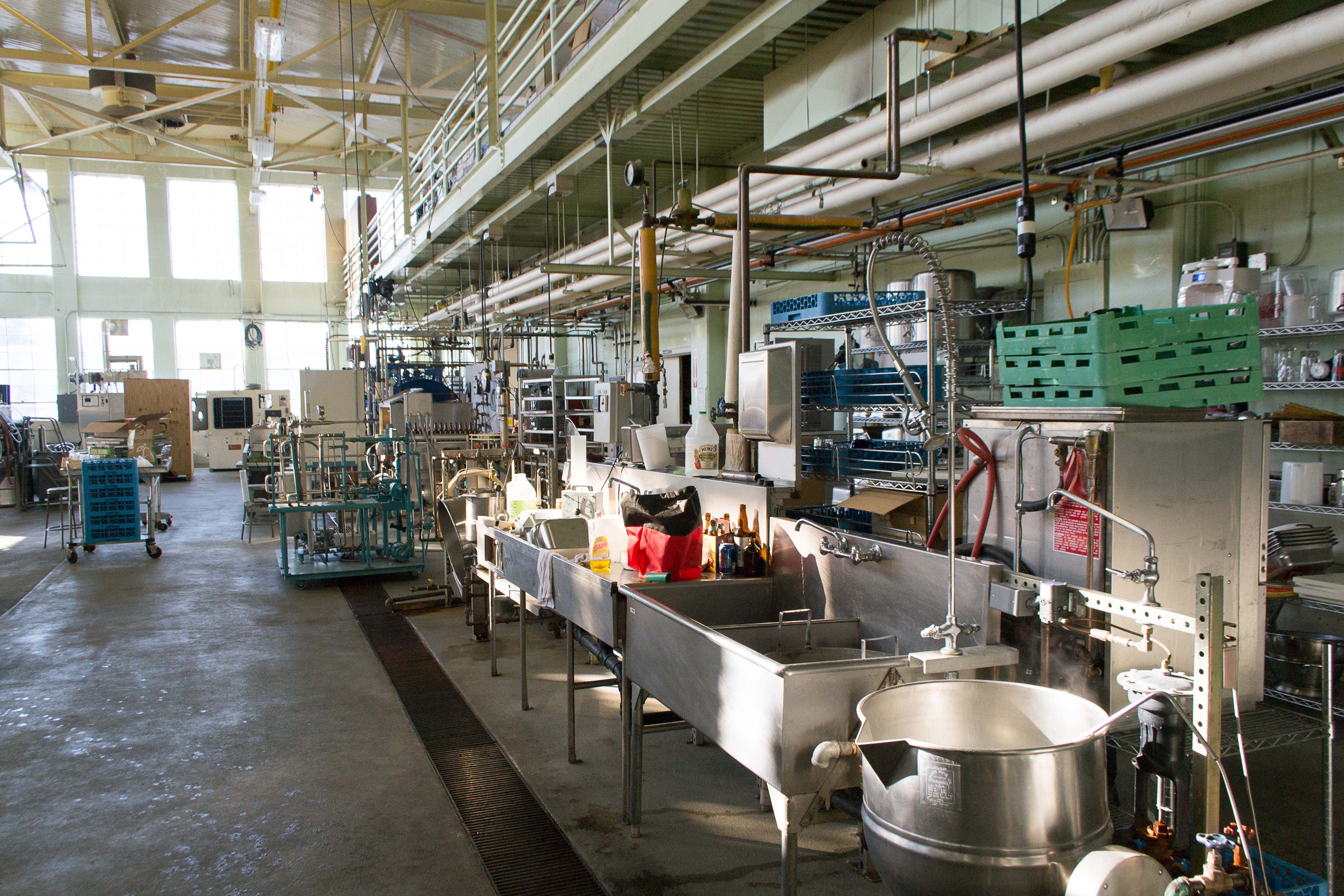
Photo from academic.microsoft.com
With all the complexity of the biological composition of honey, our work focused on the microbiological (bacteriological and mycological) and physicochemical characterization of Nigerian honeys. The results showed a satisfactory… Click to show full abstract
With all the complexity of the biological composition of honey, our work focused on the microbiological (bacteriological and mycological) and physicochemical characterization of Nigerian honeys. The results showed a satisfactory bacteriological composition of honey samples in accordance with the standards, high mold and a very high yeast load making these honeys of mediocre quality and unfit for human consumption. Isolated yeast species: Schizosaccharomyces plombe, Zygosaccharomyces rouxii, Kluyveromyces thermotolerans, Saccharomyces cerevisiae and the isolated molds are: Aspergillus (Asp) fumigatus, Asp. candidus, Asp. niger, Asp. versicolor Asp. nidulans and Mucor. The study revealed that all honeys had pH, water content, electrical conductivity, ash content, free acidity, respectively, ranging within 3.8-4.95, 47.2-20 %, 0.484-0.669 mS/cm, 0.143-0.262 g/100g, 41.7-83.05 meq/kg. The quality of Nigerian honeys can be improved by applying Good Agricultural Practices (GAP) and Good Manufacturing Practices (GMP).
Journal Title: Journal of Food and Nutrition Research
Year Published: 2018
Link to full text (if available)
Share on Social Media: Sign Up to like & get
recommendations!